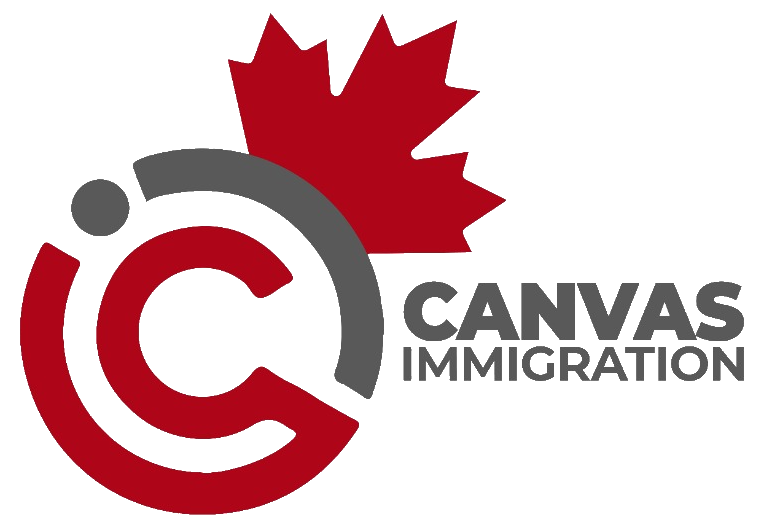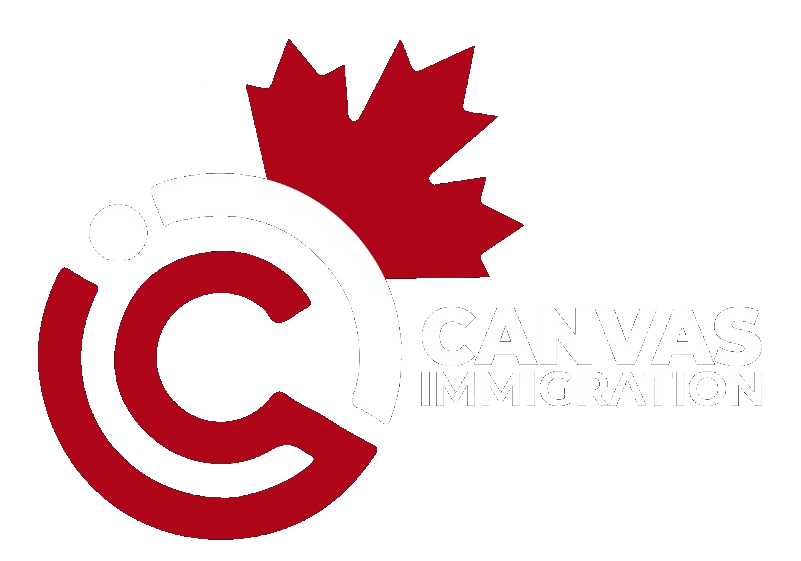Canada’s immigration policies are evolving, and a new strategy is at the forefront: offering increased Provincial Nominee Program (PNP) allocations to provinces in exchange for accepting more refugees. This shift highlights the federal government’s approach to balancing economic immigration with humanitarian efforts.
Why Are PNP Allocations Changing?
Canada’s Immigration Minister, Marc Miller, recently announced that provinces willing to support refugee resettlement will receive more PNP allocations. This comes after the federal government slashed PNP targets for 2025 by 50%, reducing the number from 110,000 in 2024 to just 55,000.
How Does This Affect Provinces?
Several provinces, including Newfoundland and Labrador, have already benefited from this policy. Newfoundland and Labrador secured an additional 1,000 PNP nominations after agreeing to welcome 290 refugees over two years.
Key Highlights of the Policy Change
- Provinces accepting more refugees may receive additional PNP nominations.
- Newfoundland and Labrador gained 1,000 PNP spots by agreeing to settle 290 refugees.
- The national PNP target was reduced from 110,000 in 2024 to 55,000 in 2025.
- Provinces heavily reliant on PNP, such as Saskatchewan, Alberta, and British Columbia, are negotiating for more allocations.
Provincial Responses to PNP Allocation Adjustments
Saskatchewan, Alberta, and British Columbia: These provinces saw significant reductions in their PNP allocations. Many are now negotiating with the federal government to recover lost allocations.
Ontario and Manitoba: Ontario and Manitoba, which also faced major cuts, are exploring options to regain allocations. Provinces that support refugee resettlement could regain lost PNP spots.
Economic and Social Implications
Impact on Skilled Workers: Many skilled workers planned their immigration pathways based on previous PNP trends. The sudden reduction in nominations has left many uncertain about their future in Canada.
Job Market Effects: Provinces rely on PNP to fill job shortages, particularly in healthcare, construction, and agriculture. Lower PNP allocations could impact economic growth in provinces heavily dependent on skilled immigrants.
PNP Allocations by Province (2024 vs. 2025)
| Province | 2024 Allocation | 2025 Allocation |
| Alberta | 9,942 | 4,875 |
| British Columbia | 8,000 | 4,000 |
| Manitoba | 9,540 | 4,770 |
| Newfoundland & Labrador | 2,100 | 2,050 (after agreement) |
| Saskatchewan | 8,000 | 4,000 |
| Ontario | 21,500 | 10,780 |
What’s Next for Canadian Immigration?
The federal government has hinted at future negotiations, meaning more provinces could receive additional PNP allocations if they agree to take in refugees. However, it remains unclear whether provinces will be restored to their original 2024 allocations. Canada’s immigration landscape is shifting as economic and humanitarian considerations merge. The federal government’s decision to link PNP allocations with refugee support is a strategic move that aims to balance job market needs with humanitarian responsibilities. Saskatchewan, Alberta, and British Columbia are among the provinces most affected, and negotiations will likely continue in the coming months.
Add ImmigCanada to Your Google News Feed
ImmigCanada Immigration Consulting Services

